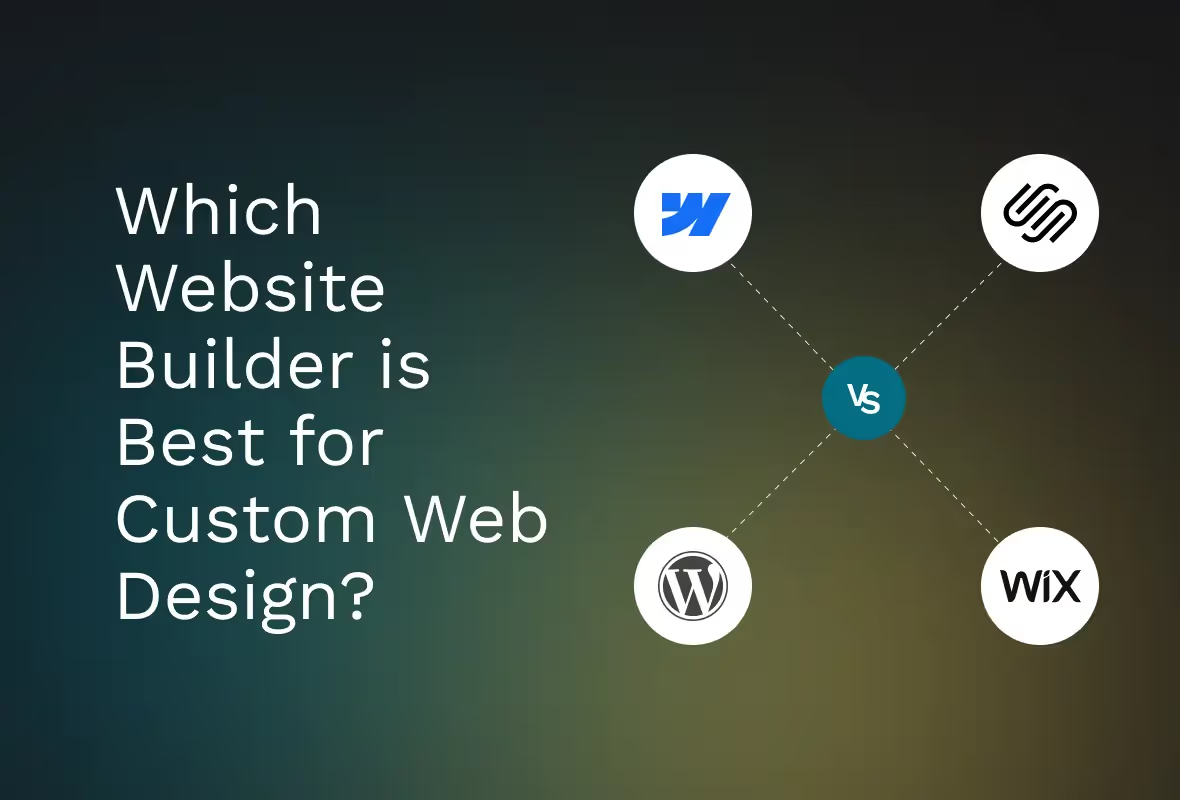Step 1: Set Up the Basics
1.1 – Add Swiper via CDN
First, include the Swiper library in your Webflow project. You’ll need to add the following files to your project’s <head> (for CSS) and before the closing </body> tag (for JS):
- CSS: swiper-bundle.min.css
- JS: swiper-bundle.min.js
- CDNJS Link
1.2 – Structure Your HTML
Create the following structure using Webflow’s Collection Lists:
<div class="swiper"> <!-- Collection List Wrapper -->
<div class="swiper-wrapper"> <!-- Collection List -->
<div class="swiper-slide"> <!-- Collection Item -->
<!-- Your Slide Content -->
</div>
</div>
</div>Tip: Give your .swiper container a unique class or ID if you’re planning to use multiple sliders on the same page.
1.3 – Initialize Swiper in JavaScript
Now, instantiate the Swiper in your custom code section:
<script>
const testimonialSlider = new Swiper('.swiper', {
loop: false,
spaceBetween: 40,
slidesPerView: 2.5,
centeredSlides: false,
speed: 900,
grabCursor: false,
});
</script>Step 2: Common Configurations You’ll Use
Swiper comes packed with options, but here are some of the most commonly used ones:
Autoplay
autoplay: {
delay: 3000,
disableOnInteraction: false,
}Pagination Dots
pagination: {
el: '.swiper-pagination',
dynamicBullets: true,
}Navigation Arrows
navigation: {
nextEl: '.swiper-button-next',
prevEl: '.swiper-button-prev',
}Scrollbar
scrollbar: {
el: '.swiper-scrollbar',
hide: false,
}Responsive Breakpoints
breakpoints: {
0: {
spaceBetween: 10,
slidesPerView: 1.2,
},
480: {
spaceBetween: 30,
slidesPerView: 1.5,
},
767: {
spaceBetween: 40,
slidesPerView: 1.5,
},
992: {
spaceBetween: 40,
slidesPerView: 2,
},
}Step 3: Unlock Advanced Features
Swiper also lets you add interactive and accessibility-friendly features:
Slide Effects
effect: 'fade', // or 'flip', 'cube', 'coverflow', 'cards'Keyboard Navigation
keyboard: {
enabled: true,
}Mouse Wheel Navigation
mousewheel: {
forceToAxis: true,
}Zoom Support
zoom: {
maxRatio: 4,
}Example: Full Configuration
Here’s what a more complete setup might look like:
<script>
const testimonialSlider = new Swiper('.swiper', {
loop: true,
spaceBetween: 40,
slidesPerView: 2.5,
speed: 900,
effect: 'flip',
grabCursor: true,
mousewheel: {
forceToAxis: true,
},
navigation: {
nextEl: '.swiper-button-next',
prevEl: '.swiper-button-prev',
},
pagination: {
el: '.swiper-pagination',
dynamicBullets: true,
},
breakpoints: {
0: {
spaceBetween: 10,
slidesPerView: 1.2,
},
480: {
spaceBetween: 30,
slidesPerView: 1.5,
},
767: {
spaceBetween: 40,
slidesPerView: 1.5,
},
992: {
spaceBetween: 40,
slidesPerView: 2,
}
},
});
</script>Bonus: Creating an Infinite Loop Slider
Great for logos, testimonials, or any continuous content.
Add this CSS to make the scrolling smooth and linear:
.swiper {
transition-timing-function: linear !important;
}And make sure the slider loop and autoplay is configured properly:
<script>
const testimonialSlider = new Swiper('.swiper', {
loop: true,
spaceBetween: 40,
slidesPerView: 2.5,
speed: 900,
autoplay: {
delay: 0,
disableOnInteraction: false,
},
});
</script>Wrapping Up
With Swiper integrated into your Webflow project, you’ve got a flexible, performance-friendly way to build slick sliders that go beyond the limitations of Webflow’s native component.
Need more details or want to explore more Swiper features? Check out the official Swiper documentation.







.png)